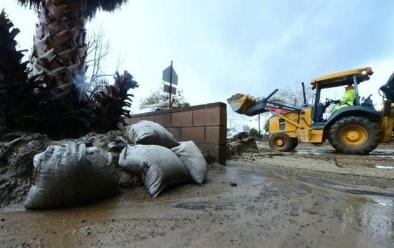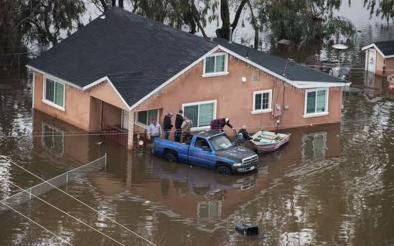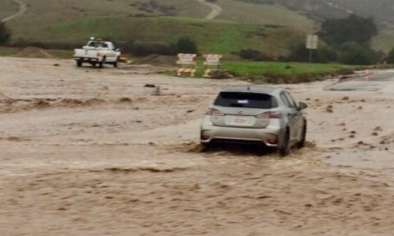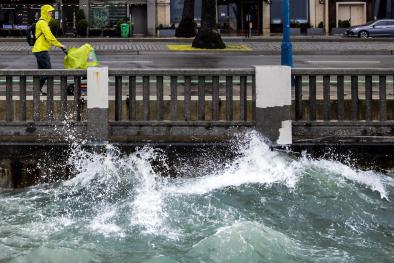Science Source
Contributions from California Coastal-Zone Surface Fluxes to Heavy Coastal Precipitation: A CALJET Case Study during the Strong El Niño of 1998
- States that analysis of the case of 3 February 1998 using an extensive observational system in the California Bight during an El Niño winter has revealed that surface sensible and latent heat fluxes within 150 km of the shore contributed substantially to the destabilization of air that subsequently produced strong convection and flooding along the coast
- Aircraft, dropsonde, and satellite observations gathered offshore documented the sea surface temperatures (SSTs), surface fluxes, stratification, and frontal structures
- Uses SST observations to extrapolate the effects of the fluxes on the warm-sector, boundary layer air ahead of a secondary cold front as this air moved toward the coast
- Finds that the surface fluxes increased CAPE by about 26% such that the nearshore boundary layer values of 491 J kg−1 were near the upper end of those observed for cool-season California thunderstorms
- The increased CAPE due to upward sensible and latent heat fluxes was a result of the anomalously warm coastal SSTs (+1°–3°C) typical of strong El Niño events
- Finds that convective destabilization due to nearshore surface fluxes may only occur during El Niño years when positive coastal SST anomalies are present
- Finds that the fluxes may have no effect or a stabilizing effect during non–El Niño years, characterized by zero or negative coastal SST anomalies
- Finds, in short, that during strong El Niños, it appears the associated coastal SST anomalies serve to further intensify the already anomalously strong storms in southern California, thus contributing to the increased flooding
- States that this modulating effect by El Niño–Southern Oscillation (ENSO) of a mesoscale process has not been considered before in attempts at assessing the impacts of ENSO on U.S. west coast precipitation
Related Content
Headline

Jan 31, 2017 | Digital Journal
Sea level rise already worsening damage from storms in California
Headline

Jan 24, 2017 | Sacramento Bee
After years of drought, Sacramento confronts an old foe: Flood risk
Headline

Jan 23, 2017 | The Watchers
Record-breaking rainfall hits Southern California
Headline

Jan 22, 2017 | SFGate
January rainfall submerges records dating back to 1982


